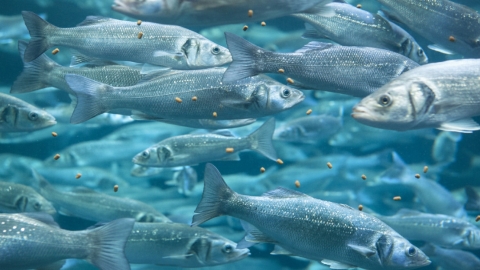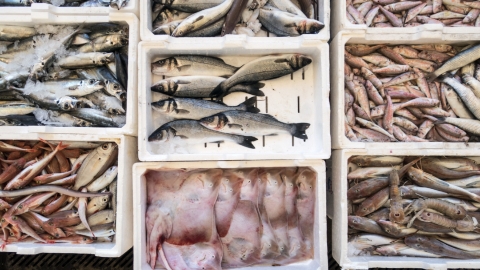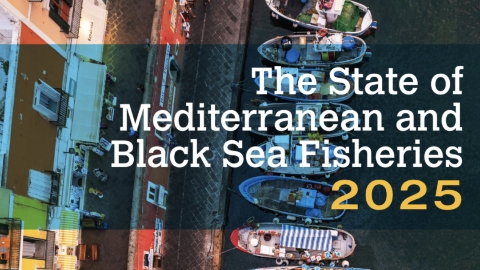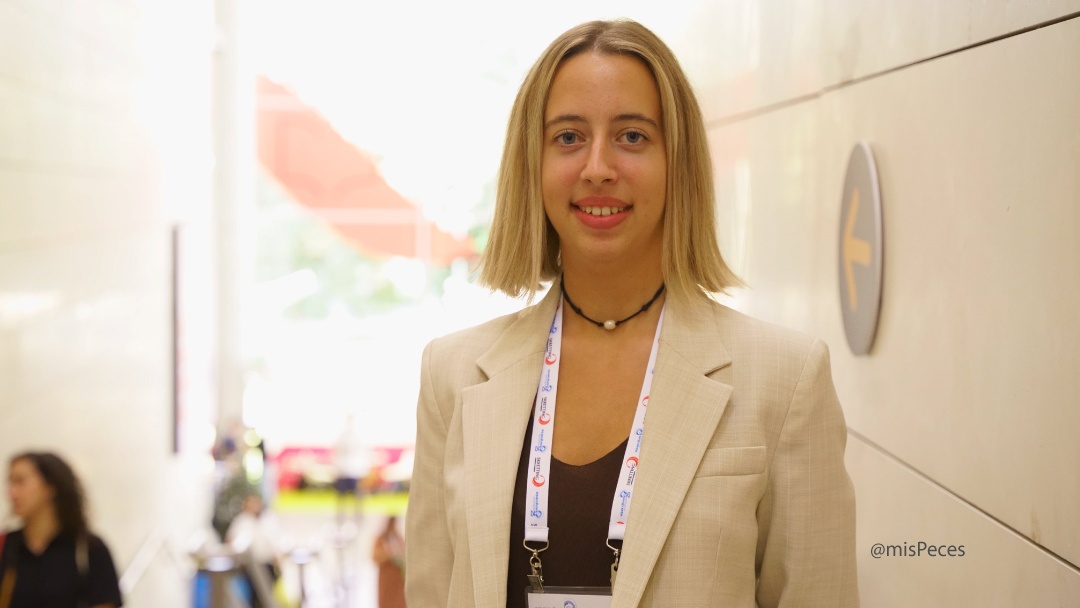 Alice Gasperini - IATS-CSIC - AE25VAL | @misPeces
Alice Gasperini - IATS-CSIC - AE25VAL | @misPeces
Biological age – a concept widely applied in human medicine to assess health and ageing – could become a valuable new tool for measuring welfare in aquaculture. This is the proposal of Alice Gasperini, a researcher at the Institute of Aquaculture Torre de la Sal (IATS-CSIC), in Spain, whose study was shortlisted for the Student Spotlight Award at Aquaculture Europe 2025, held in Valencia.
In humans, biological age measures the difference between chronological age — the years lived — and the body’s actual physiological state. Factors such as stress, diet and environmental conditions can speed up or slow down cellular ageing. Gasperini believes this principle can be applied to farmed fish, offering a more comprehensive picture of how rearing conditions influence development and welfare over time.
“Biological age reflects more or less everything that has happened to the fish throughout its life,” she explains. “It’s not just about what’s happening today, but everything that has shaped it over time.”
Animal welfare in aquaculture remains a complex scientific and technical challenge. “At present, there’s no right or wrong way to measure welfare — there are no written rules,” says Gasperini. Traditional indicators, such as cortisol or behaviour, offer only a snapshot of the animal’s condition. In contrast, biological age allows for a more integrative and cumulative assessment, capturing the combined impact of environment, nutrition and stocking density.
Ten genes that tell a fish’s life story
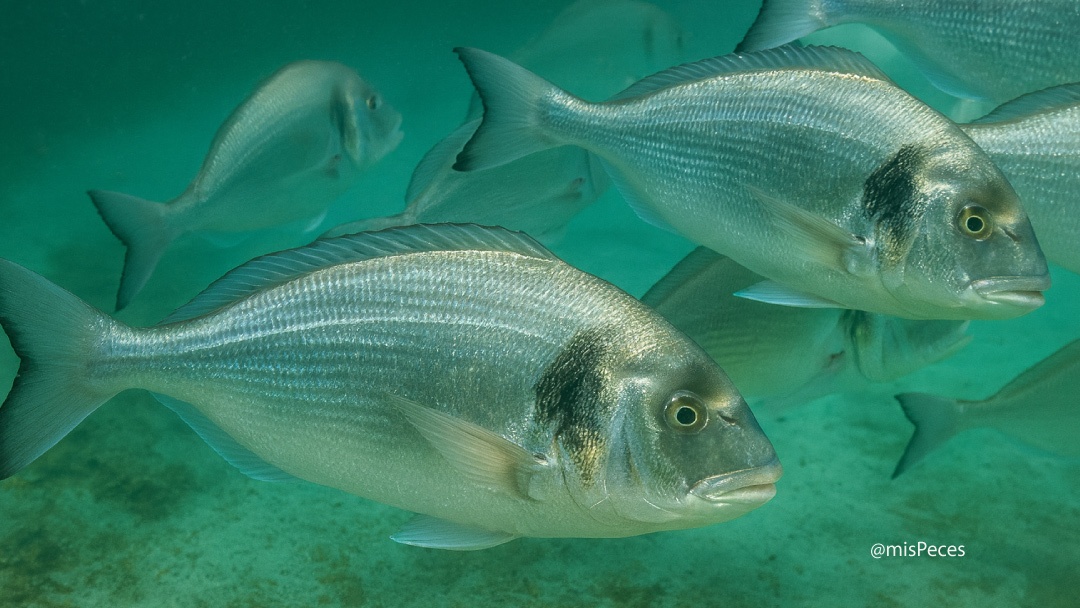
Gasperini’s proposal builds on previous research carried out by scientists at the Institute of Aquaculture Torre de la Sal (IATS-CSIC)*, who identified ten candidate genes involved in key cellular ageing processes such as senescence, DNA repair, oxidative stress response and energy metabolism. In that study, white skeletal muscle was found to be the most sensitive tissue for assessing biological age, showing significant variations in gene expression compared with the liver.
Building on this foundation, Gasperini and her team validated the usefulness of these genes as biomarkers of fish welfare through four experimental trials with gilthead seabream (Sparus aurata). In one of the trials, fish were exposed to stressful conditions — high density and low oxygen — while in the other three, they were fed functional diets enriched with a lipid emulsifier, porcine blood hydrolysate, and microalgae (Nannochloropsis oceanica) derived from brewery by-products.
The results confirmed that all ten genes responded to at least one condition, demonstrating their sensitivity to environmental and nutritional factors. “Through these four trials, we saw that every gene changed at least once, so they all work. The ten genes we proposed have been validated and can be used to measure welfare through biological age,” Gasperini summarises.
Towards farm-level welfare tools
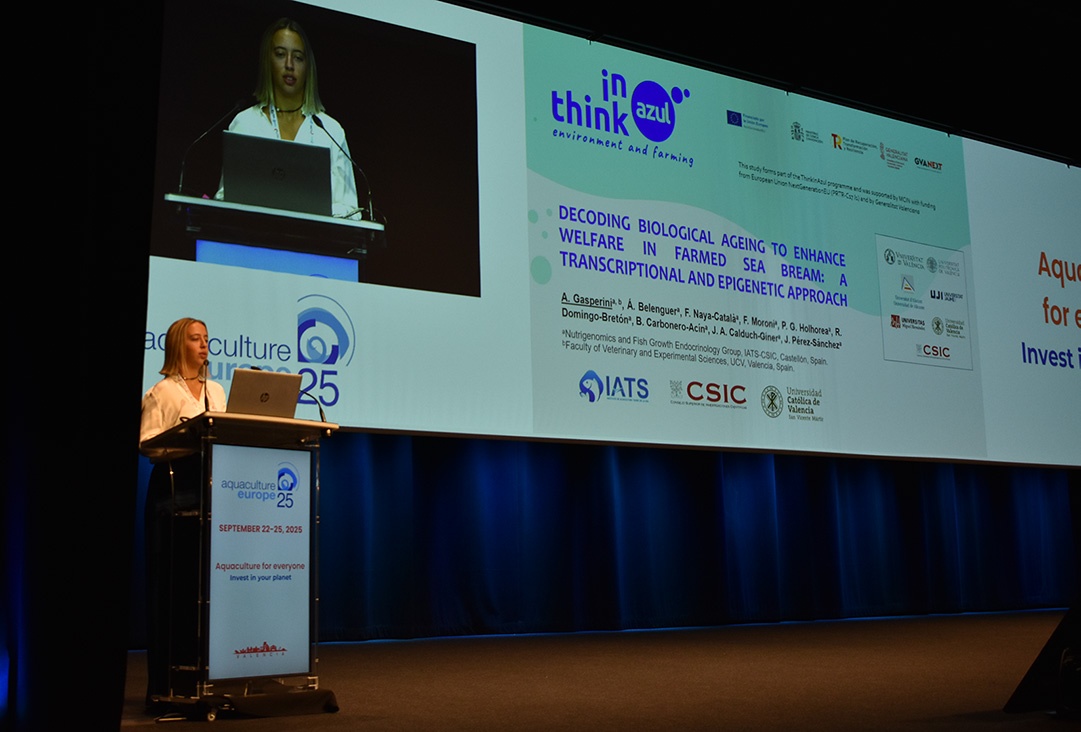
The current method requires invasive muscle sampling and the sacrifice of fish, but the team is working towards non-lethal approaches that can be applied directly on farms. “We’re trying to take something difficult and lab-dependent and turn it into something simpler that anyone could do,” she says. “For instance, instead of using muscle, we could use blood — that way you wouldn’t need to kill the fish.”
The group is also exploring ways to combine biological age with complementary indicators, such as microbiota composition and behavioural analysis, to achieve a more holistic welfare assessment. “We propose combining biological age with microbiota and behaviour studies,” Gasperini adds. “If we manage to integrate the results, we can have a truly measurable and reliable indicator of welfare.”
The research, which combines transcriptional and epigenetic approaches, confirms the potential of these ten genes as versatile biomarkers of biological age in gilthead seabream. The team suggests that the same approach could be adapted to other commercially relevant species, such as European seabass or Atlantic salmon, enabling welfare comparisons across production systems and validating nutritional strategies that promote healthier ageing in fish.
Funded under the THINKINAZUL/2021/024, BreamHOLOBIONT (PID2023-146990OB-I00) and MCIN NextGenerationEU (PRTR-C17.I1) projects, the study represents a new research direction that connects molecular biology with the real-world needs of aquaculture production. Its potential application could serve as the foundation for future science-based welfare certification schemes.
As Gasperini puts it, this is “a step towards an aquaculture that understands the fish not only in the present, but as the result of its entire life story.”
Scientific reference*
Belenguer, Á.; Naya-Català, F.; Calduch-Giner, J.À.; Pérez-Sánchez, J. Exploring Multifunctional Markers of Biological Age in Farmed Gilthead Sea Bream (Sparus aurata): A Transcriptomic and Epigenetic Interplay for an Improved Fish Welfare Assessment Approach. Int. J. Mol. Sci. 2024, 25, 9836. https://doi.org/10.3390/ijms25189836


